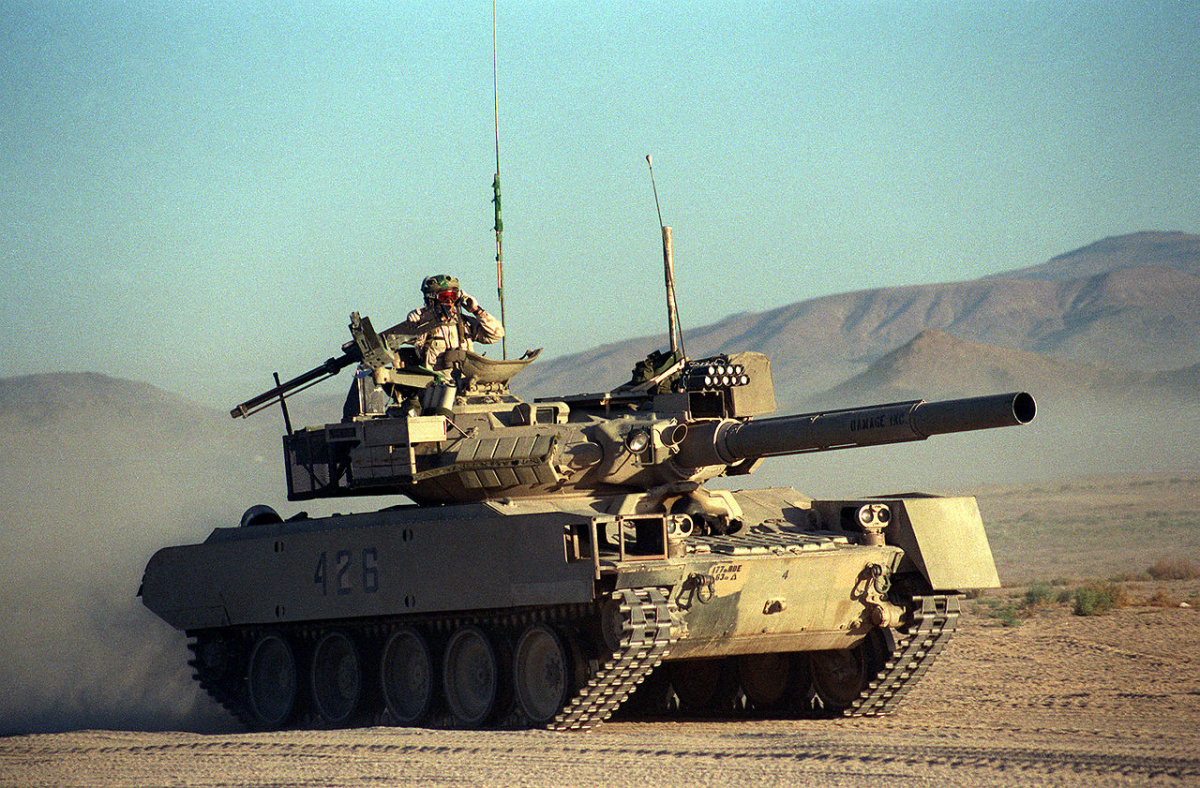
The opening sentence of an article by Dan Goure caught my attention: “Every decade of so since the 1960s, the U.S. Army creates a requirement for what can nominally be described as a light tank.” The article is here: http://nationalinterest.org/blog/the-buzz/its-back-the-future-mobile-protected-firepower-20539?page=show
It reminds me of a meeting we had in late 2000 with Walt Hollis, Deputy Under Secretary of the Army (Operations Research). He started the meeting by telling us that something like “Every now and then, someone seems to want to bring back the light tank.” He then went on to explain that these requirements are being pushed from the top (meaning by the Chief of Staff of the Army) and they should probably have a study done on the subject. He then asked us to do such an effort.
We did and it is here: http://www.dupuyinstitute.org/pdf/mwa-2lightarmor.pdf
We decided to examine the effectiveness of lighter-weight armor based upon real-world experience in six possible scenarios:
- Conventional conflicts against an armor supported or armor heavy force.
- Emergency insertions against an armor support or armor heavy force.
- Conventional conflict against a primarily infantry force (as one might encounter in sub-Saharan Africa).
- Emergency insertion against a primarily infantry force.
- A small to medium insurgency (includes an insurgency that develops during a peacekeeping operation).
- A peacekeeping operation or similar Operation Other Than War (OOTW) that has some potential for violence.
Anyhow, I am not going to summarize the report here as that would take too long. I did draft up a chapter on it for inclusion in War by Numbers, but decided to leave it out as it did not fit into the “theory testing” theme of the book. Instead, I am holding it for one of my next books, Future American Wars.
The interesting aspect of the report is that we were at a meeting in 2001 at an Army OR outfit that was reviewing our report, and they told us that the main point of action they drew from the report was that we needed to make sure our armor vehicles were better protected against mines. As our report looked at the type of tank losses being suffered in the insurgencies and OOTWs, there were a lot of vehicles being lost to mines. Apparently they had not fully realized this (and Iraq did not occur until 2003).
